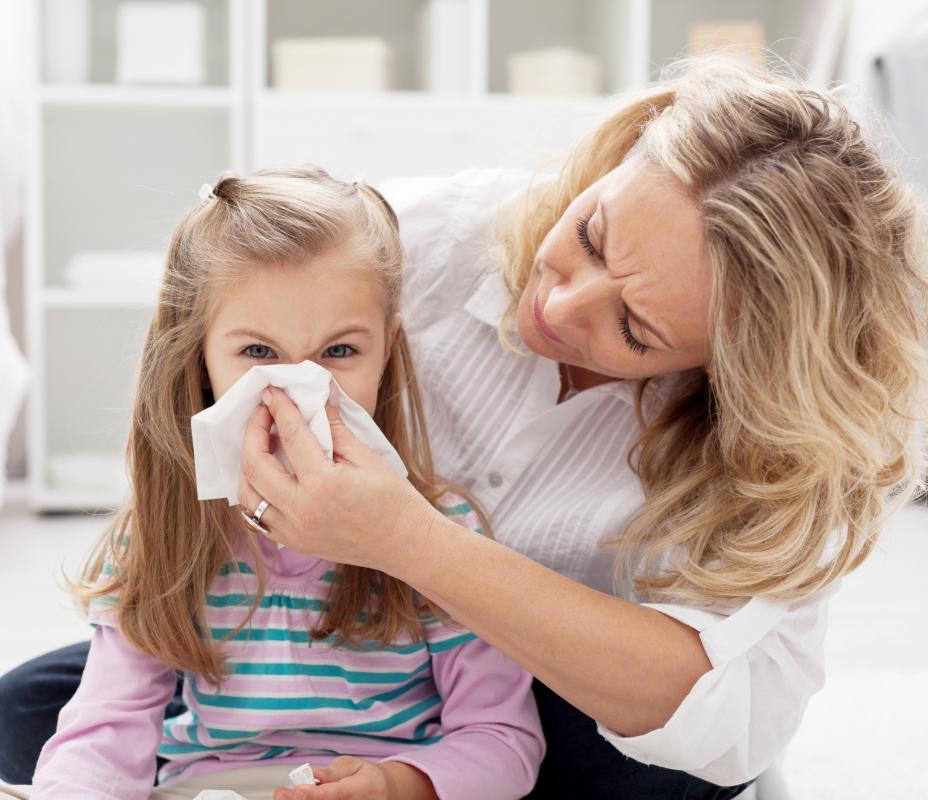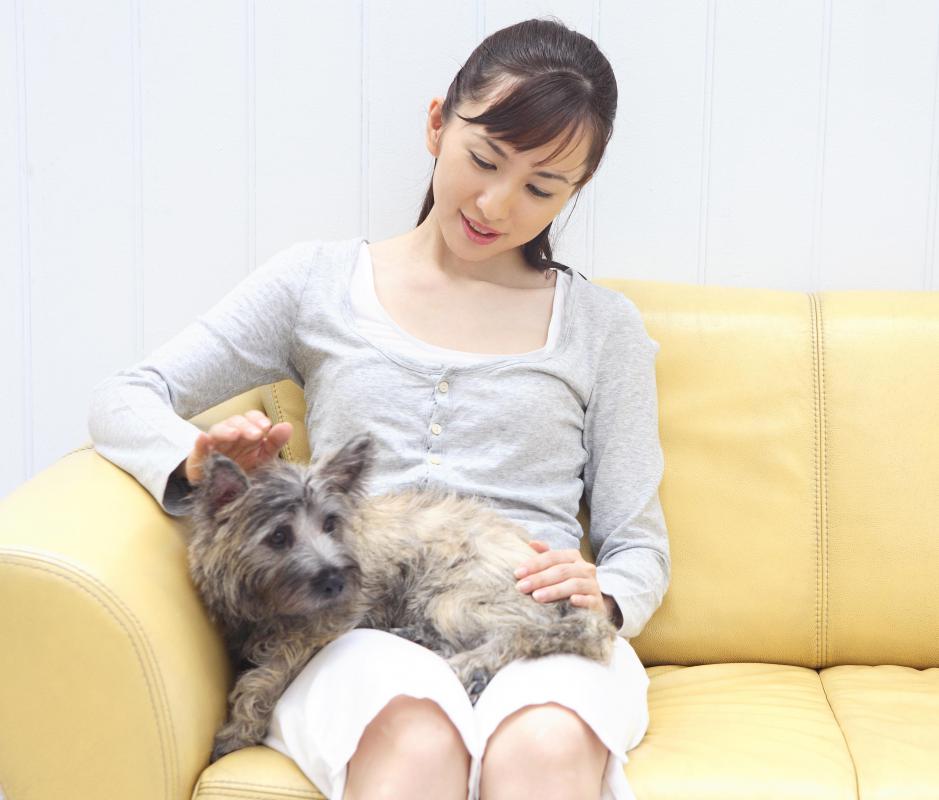At TheHealthBoard, we're committed to delivering accurate, trustworthy information. Our expert-authored content is rigorously fact-checked and sourced from credible authorities. Discover how we uphold the highest standards in providing you with reliable knowledge.
What Are the Causes of Eosinophilia in Children?
Eosinophilia in children is primarily caused by allergic reactions, immune conditions, and parasitic infections. Many of these conditions present themselves during early childhood. It can be difficult to diagnose since symptoms may vary depending on the underlying cause. In most cases, eosinophilia in children is fully treatable or even curable.
The term "eosinophilia" is used to describe a condition in which the white blood cells called eosinophils become elevated. This occurs in response to infection, or during allergic reactions. During an actual illness, this is a positive reaction, since white blood cells help to destroy invaders and prevent serious illness. In the case of allergies, these elevated levels cause an immune response where no threat is there. This can lead to tissue damage and uncomfortable symptoms.

Causes of eosinophilia in children are similar to those which cause the condition in adults. Children are more prone to certain conditions than adults, however. For instance, children are plagued with infections and parasites more often than adults because they are more likely to share eating and drinking utensils, and they often have less strenuous hygiene practices. When these issues arise, treatment should begin immediately because children are also more likely to suffer from severe complications than adults.

In the case of allergies, eosinophilia in children may occur at the same rate as adults. Allergies are not usually curable, but they be controlled in most cases. Severe allergic responses, as in the case of asthma, must be closely monitored to ensure permanent damage doesn't occur to affected tissues. This can be accomplished through the use of medications and other preventative methods. For instance, those with severe allergies to pet dander should avoid being in areas where pets are kept.

Treatment for eosinophilia in children usually involves treating the underlying cause of the condition. With infections, antibiotics or antiparasitic medications are often used to kill pathogens causing illness. Allergies usually require long-term treatment plans to keep symptoms under control. Lifelong maintenance is often needed, although some people experience lessened symptoms over time. This can be accomplished through controlled exposure to allergens, or through allergy shots.

Patients who are suspected to have eosinophilia will often require additional tests to determine the underlying cause. Eosinophilia in children is especially concerning, since they are more likely to suffer severe reactions or complications. Many times, the underlying condition is diagnosed before high blood cell counts are detected, since most conditions have additional symptoms.
AS FEATURED ON:
AS FEATURED ON:

















Discuss this Article
Post your comments